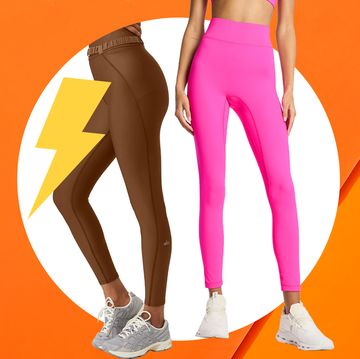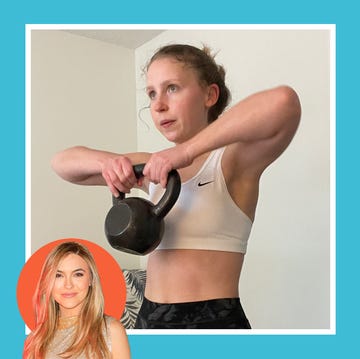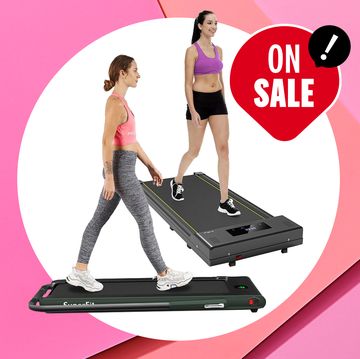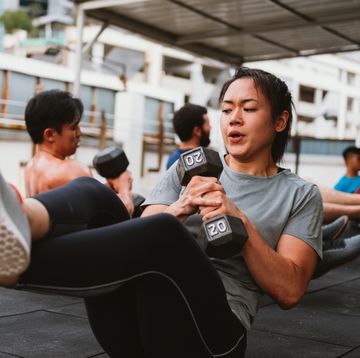Skipping rope may once have been seen mainly as a pastime for schoolgirls, but there’s a good reason—or more accurately, several good reasons—it’s also a fav training tool for boxers. “They've used it for a long time for strength, balance, and cardiovascular exercise,” says William Roberts, MD, director of the Sports Medicine Program at the University of Minnesota Medical School. “And when you think about what boxers do, they’re on their toes and moving around, kind of like jumping rope, so it works a lot of the same muscles.”
These days, other types of athletes, celebrities like Halle Berry and Jennifer Garner, and laypersons of all walks of life are getting hip to the health benefits of hopping cables, which go far beyond helping to avoid a left hook. And according to Callie Gullickson, CPT, rope jumping is A-okay for all fitness levels, making it an excellent option for anyone looking to diversify or enhance their workout regimen.
There are a few disclaimers to that assertion, however. Dr. Roberts advises caution if you have orthopedic issues like foot, ankle, back, or knee problems. He also notes that if you've been sedentary for the last three months, it might be wise to start with a low-impact cardio option to build your aerobic base first. This is because while jumping rope may look easy—and it’s possible to remember it as such from way back in the day, when most physical exertions felt less strenuous than they do with age—it’s anything but; after all, you don't think Halle Berry maintains her famously epic bod with a few casual skips, do you?
Of course, nothing good comes easy, and there is a lot of good to be gleaned from incorporating a rope into your fitness routine. Below, 10 benefits that’ll have you jumping for (and with!) joy.

Watch Next

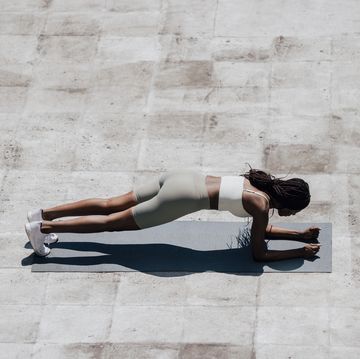
What You Need To Know About Muscular Endurance
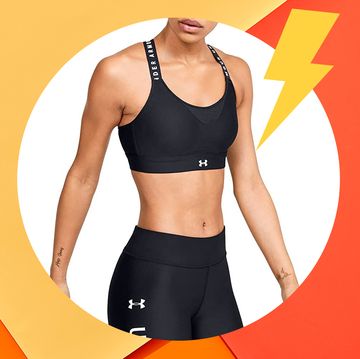
Amazon Dropped 60% Off Nike Sports Bras

Sharon Stone Rocks Shorts, And Her Legs Are Killer

Rihanna Shares Epic Topless Pregnancy Pics On IG


